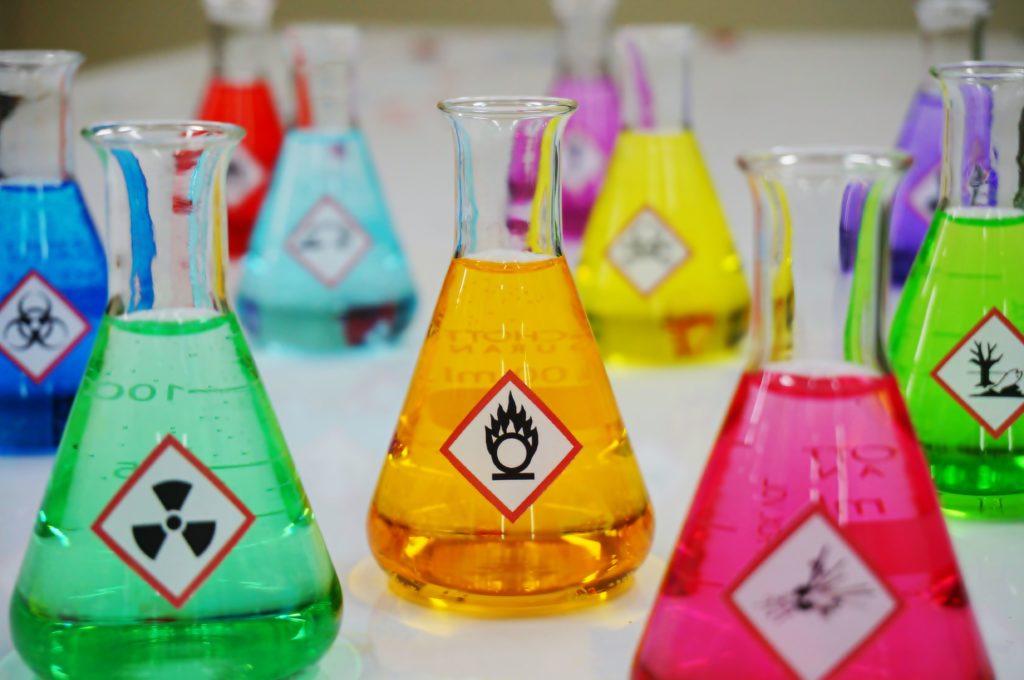Topic Content:
- Highly Hazardous and Toxic Chemicals
- Moderately Hazardous and Toxic
- Non-Hazardous and Non-Toxic Chemicals

Chemicals can also be classified based on their hazardous nature. Something that is hazardous is dangerous, especially to people’s health or safety. Toxic means poisonous or having the ability to release a poisonous substance, called a toxin, to the body. Chemicals are also based on their potency, and time of manifestation and they include;
1. Highly Hazardous and Toxic Chemicals:
These are substances classified as materials that are both toxic and reactive, and whose potential for human injury is high if released. Highly hazardous chemicals may cause cancer, birth defects, miscarriage, injury, and death from relatively small exposure;
Examples of highly hazardous chemicals are:
a. Ammonia compounds, for example, ammonium permanganate, and ammonium perchlorate.
b. Acetaldehyde.
c. Boron trichloride.
d. Boron trifluoride.
e. Bromine chloride.
f. Carbonyl fluoride.
g. Chlorine dioxide, etc.
2. Moderately Hazardous and Toxic:
You are viewing an excerpt of this Topic. Subscribe Now to get Full Access to ALL this Subject's Topics and Quizzes for this Term!
Click on the button "Subscribe Now" below for Full Access!
Subscribe Now
Note: If you have Already Subscribed and you are seeing this message, it means you are logged out. Please Log In using the Login Button Below to Carry on Studying!



Responses